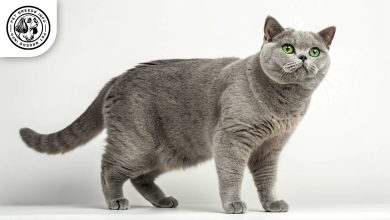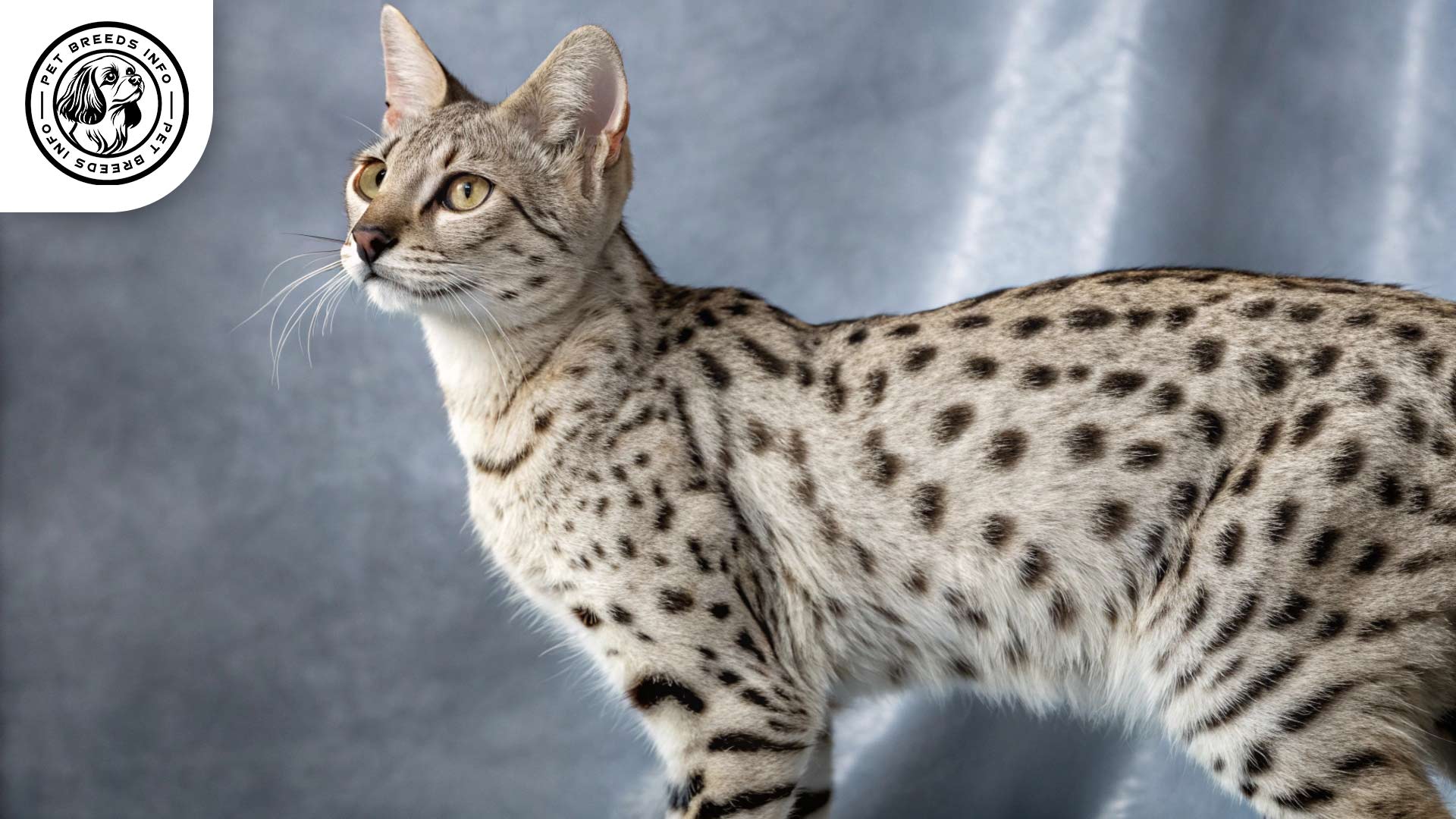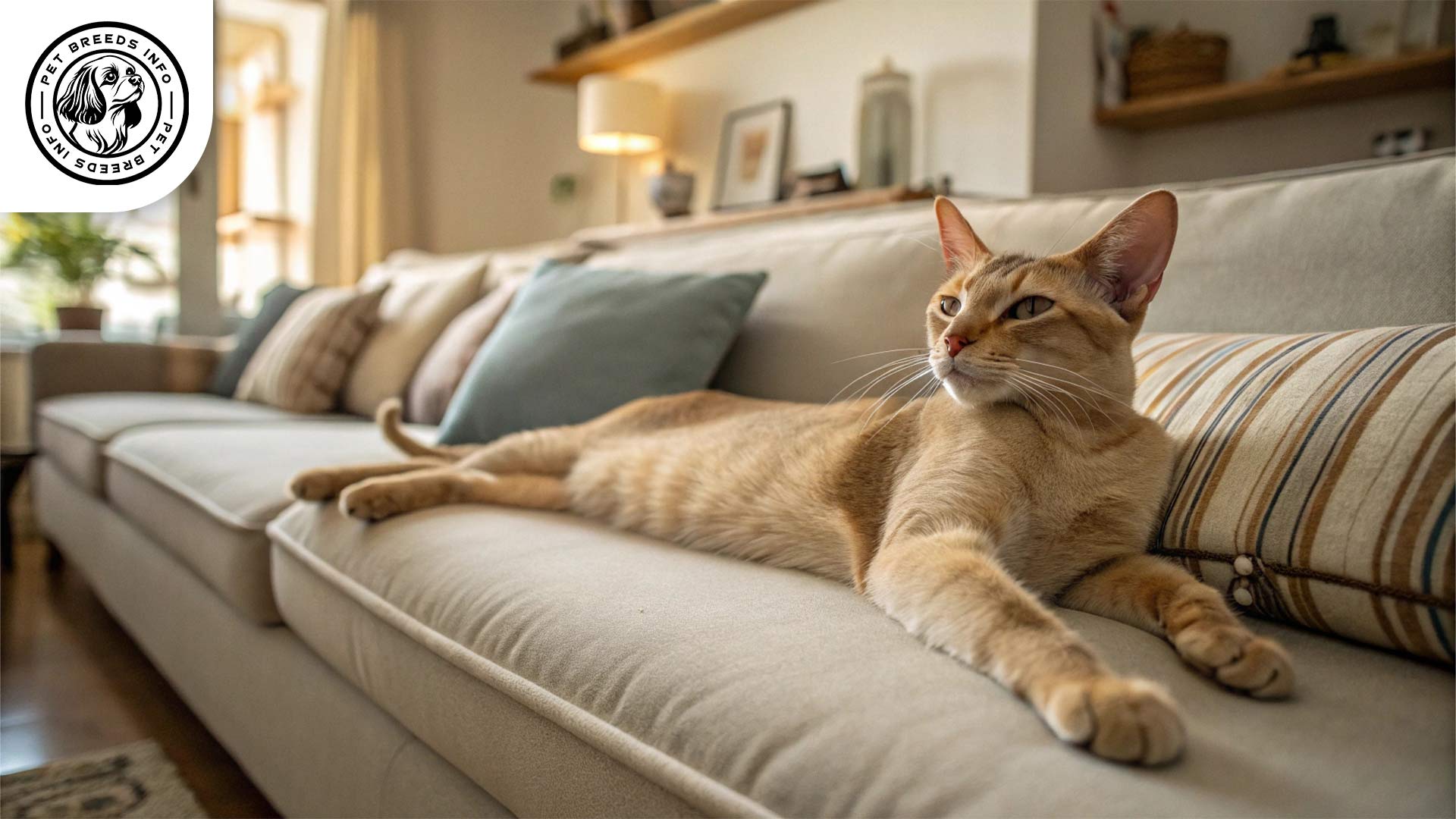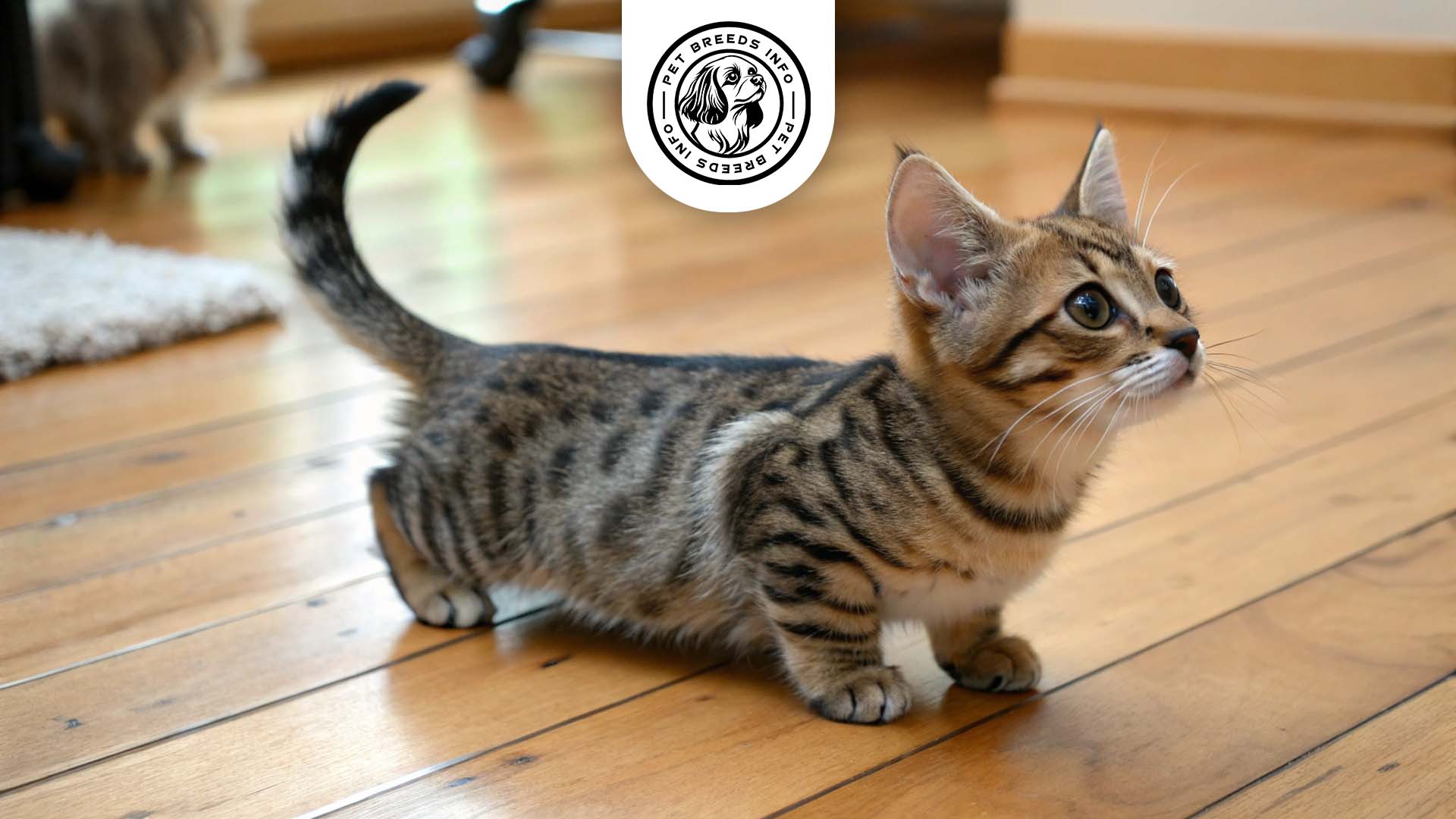Havana Brown Cat Breed: Size, Health, Price & Personality
General Introduction of the Breed
The Havana Brown, also known simply as Havana, is a rare and elegant cat breed renowned for its rich mahogany-colored coat and enchanting green eyes. This breed originated in England during the 1950s when breeders aimed to create a solid brown cat by crossing Siamese, domestic black cats, and Russian Blues. The breed’s name is believed to be inspired by the brown color of Havana cigars.
Havana Brown: Elegant, affectionate, and intelligent cat with a glossy coat. Loves companionship, moderately active, low grooming needs. Ideal for stable homes.Quick Overview
Affectionate - 90%
Independent - 40%
Intelligent - 85%
Sociable - 80%
Vocal - 50%
Shedding - 20%
Energetic - 60%
61%
100
| Common Name | Havana Brown |
| Scientific Name | Felis catus |
| Origin | England, 1950s |
| Size | Medium (Males: 8–10 lbs, Females: 6–8 lbs) |
| Lifespan | 12–15 years |
| Talking Ability | Moderate, soft vocalizations |
| Colors | Chocolate brown |
| Noise Level | Low to moderate |
| Social Behavior | Affectionate, people-oriented, bonds strongly with owners |
Table of Contents
Physical Characteristics
The Havana Brown is a medium-sized, muscular cat with a sleek and smooth coat. Males typically weigh between 8 to 10 pounds, while females range from 6 to 8 pounds. Their coat is short, glossy, and comes in a distinct chocolate brown shade with no other color variations. Their almond-shaped eyes are always vivid green, a trait that enhances their captivating expression. The breed features large forward-tilted ears, a slightly elongated head, and a well-balanced tail that tapers at the tip. One of their most notable traits is their uniquely rounded muzzle, setting them apart from other breeds.
Read More: Cheetoh Cat
Personality and Temperament
The Havana Brown is known for its affectionate and playful nature. These cats are highly intelligent and can quickly learn routines and interactive games. They enjoy moderate activity levels and require daily mental and physical stimulation. Havana Browns form strong bonds with their owners and tend to follow them around the house, craving constant companionship. They get along well with children and other pets when properly socialized. Although playful, they are not overly demanding and can adapt well to different environments. Their sensitivity to changes in routine or surroundings makes them best suited for stable households.
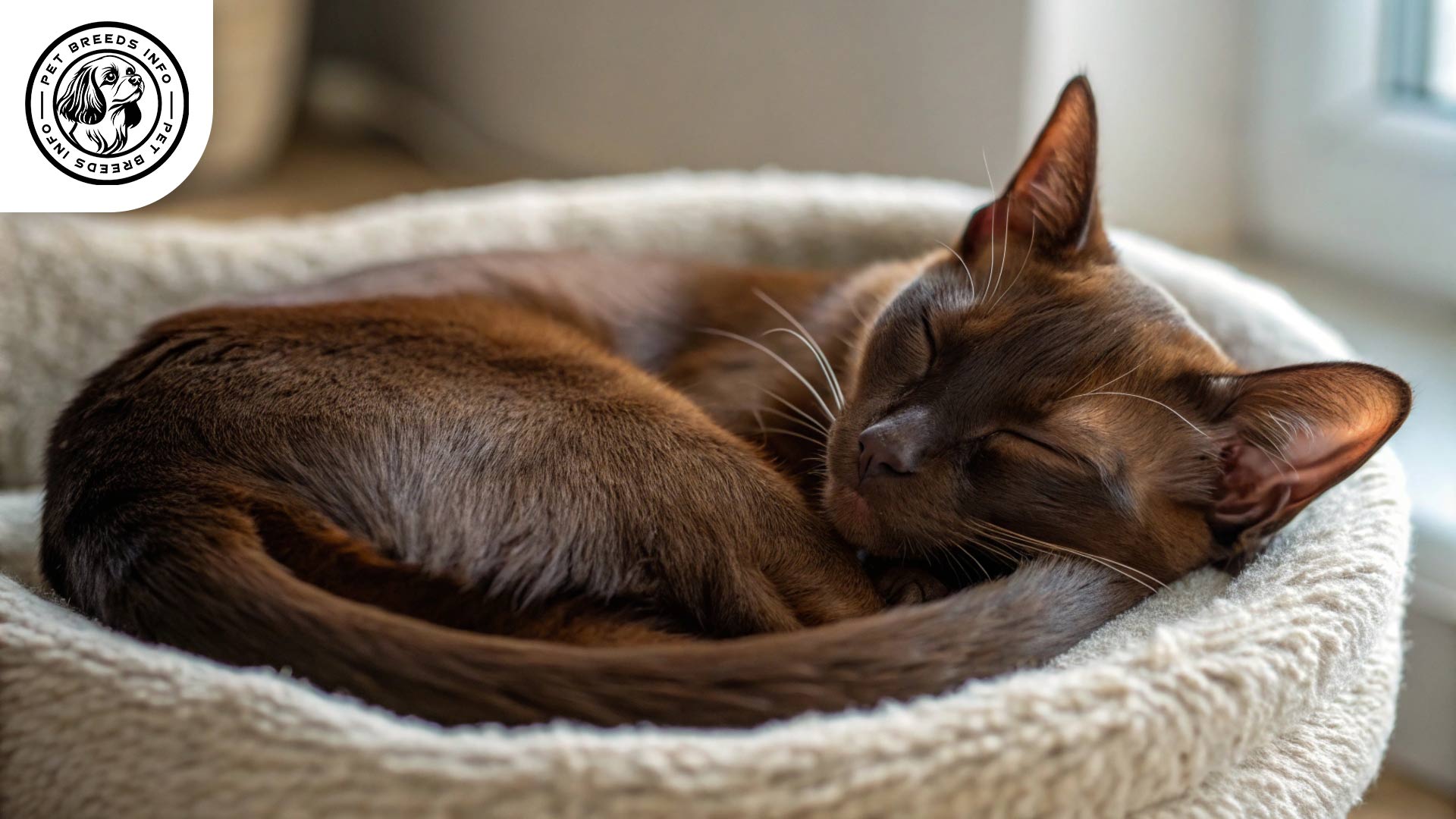
Care and Maintenance Requirements
Havana Browns are not overly high-maintenance when it comes to exercise but benefit from interactive play. They adapt well to apartment living provided they have enough toys and human interaction. Their short coat sheds minimally and only requires a weekly brushing to maintain its sleek appearance. These cats are sensitive to extreme cold and should be kept indoors or in a temperature-controlled environment. Basic hygiene care, such as regular nail trimming, ear cleaning, and dental maintenance, is essential to keep them healthy.
Diet and Nutrition
A balanced diet rich in high-quality protein is ideal for the Havana Brown. A combination of dry and wet food helps maintain their health and hydration. Owners should avoid feeding them foods such as chocolate, onions, garlic, and dairy products, as these can be toxic to cats. Portion control is necessary to prevent obesity since they can be prone to overeating. Most adults should be fed two to three small meals per day.
Health and Common Medical Issues
Havana Browns are generally healthy cats, but like any breed, they may have a predisposition to certain genetic conditions. Some common health concerns include respiratory infections and obesity if not properly managed. They have an average lifespan of 12 to 15 years with proper care. Routine veterinary check-ups, vaccinations, and parasite prevention are essential for their well-being.
Read More: Cymric Cat
Training and Behavior Management
This breed is intelligent and responds well to training. Positive reinforcement methods work best when teaching them tricks or litter training. Early socialization helps ensure they grow into well-behaved and confident cats. Providing them with scratching posts prevents furniture damage while reinforcing good behavior.
Interaction with Other Animals and Humans
Havana Browns are loving and sociable, making them excellent companions for families, singles, and seniors alike. They are known for their deep attachment to their owners and may follow them from room to room. Most get along well with other pets, especially if introduced at a young age. While they enjoy company, they prefer human interaction over solitude.
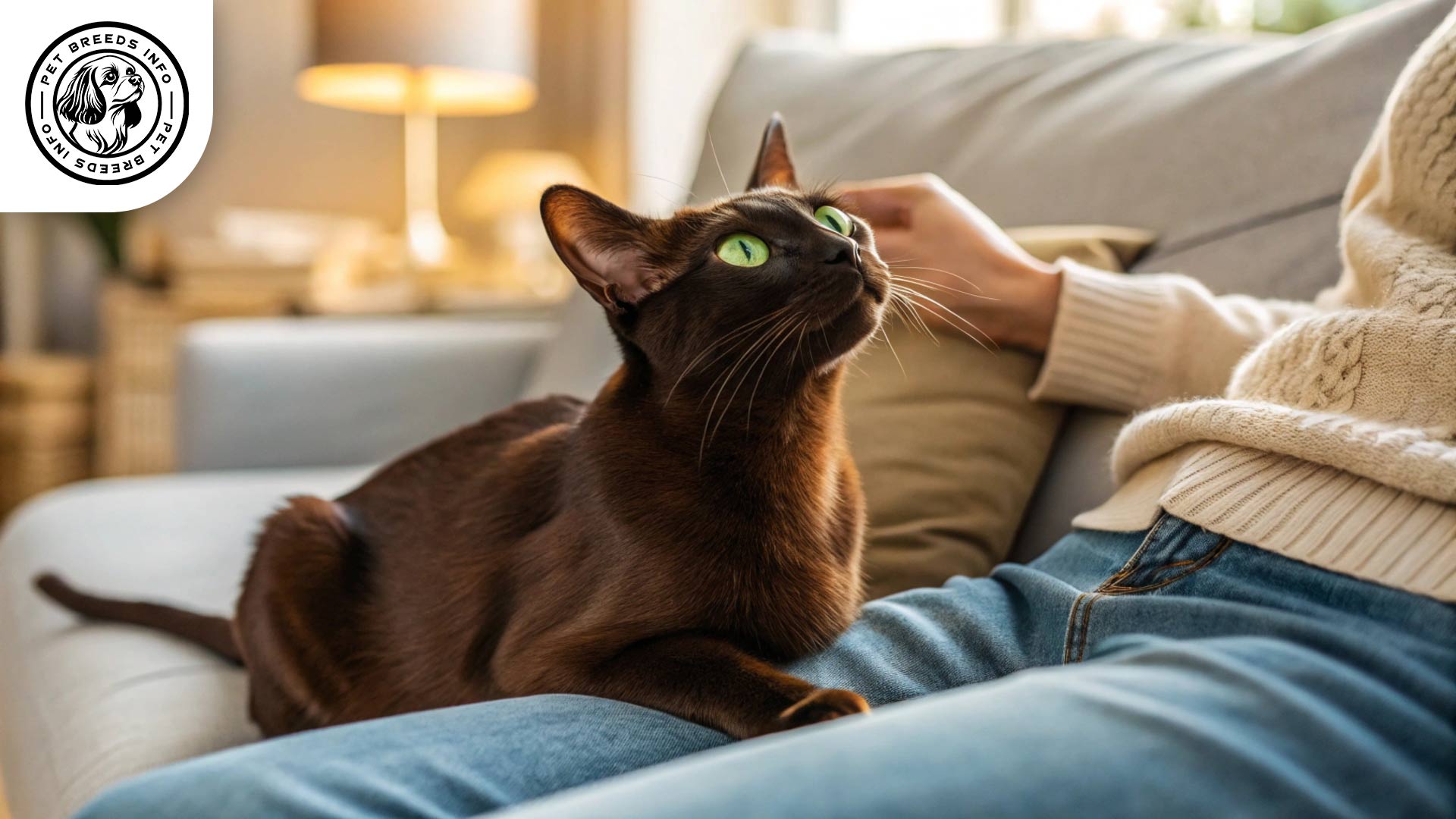
Price and Availability
The cost of a Havana Brown kitten ranges from $800 to $2,500 depending on lineage and breeder reputation. Since this breed is relatively rare, finding a reputable breeder can be challenging. Potential owners should always choose ethical breeders who prioritize health and temperament. Adoption from shelters or breed-specific rescues is also an option.
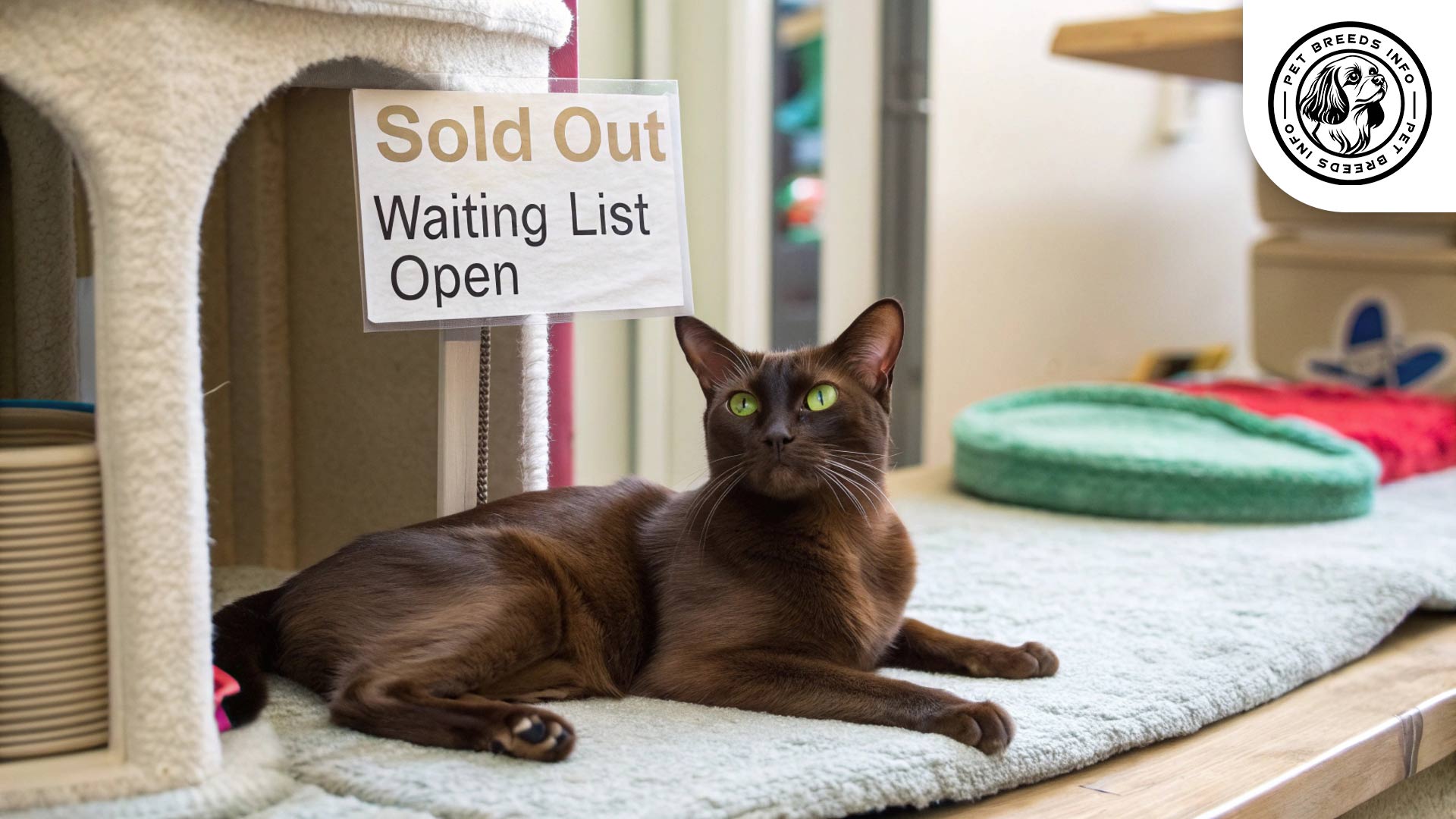
Final Thoughts
The Havana Brown is a charming and affectionate breed well-suited for devoted owners who can provide ample companionship. Their ideal home is one where they receive plenty of attention and interactive play. Potential owners should be prepared for their need for companionship and sensitivity to changes in their environment. With proper care, the Havana Brown makes for a loyal and delightful feline friend.
Read More: Colorpoing Shorthair Cat
FAQ
What is the Havana Brown’s coat like?
It has a short, glossy chocolate-brown coat that requires minimal grooming.
Are Havana Browns good with other pets?
Yes, they get along well with other pets if properly socialized.
How long do Havana Browns live?
They typically live 12–15 years with proper care.
Do Havana Browns need a lot of exercise?
They have moderate activity levels and enjoy daily playtime.
Are Havana Browns vocal cats?
They have soft, moderate vocalizations, less intense than Siamese cats.

